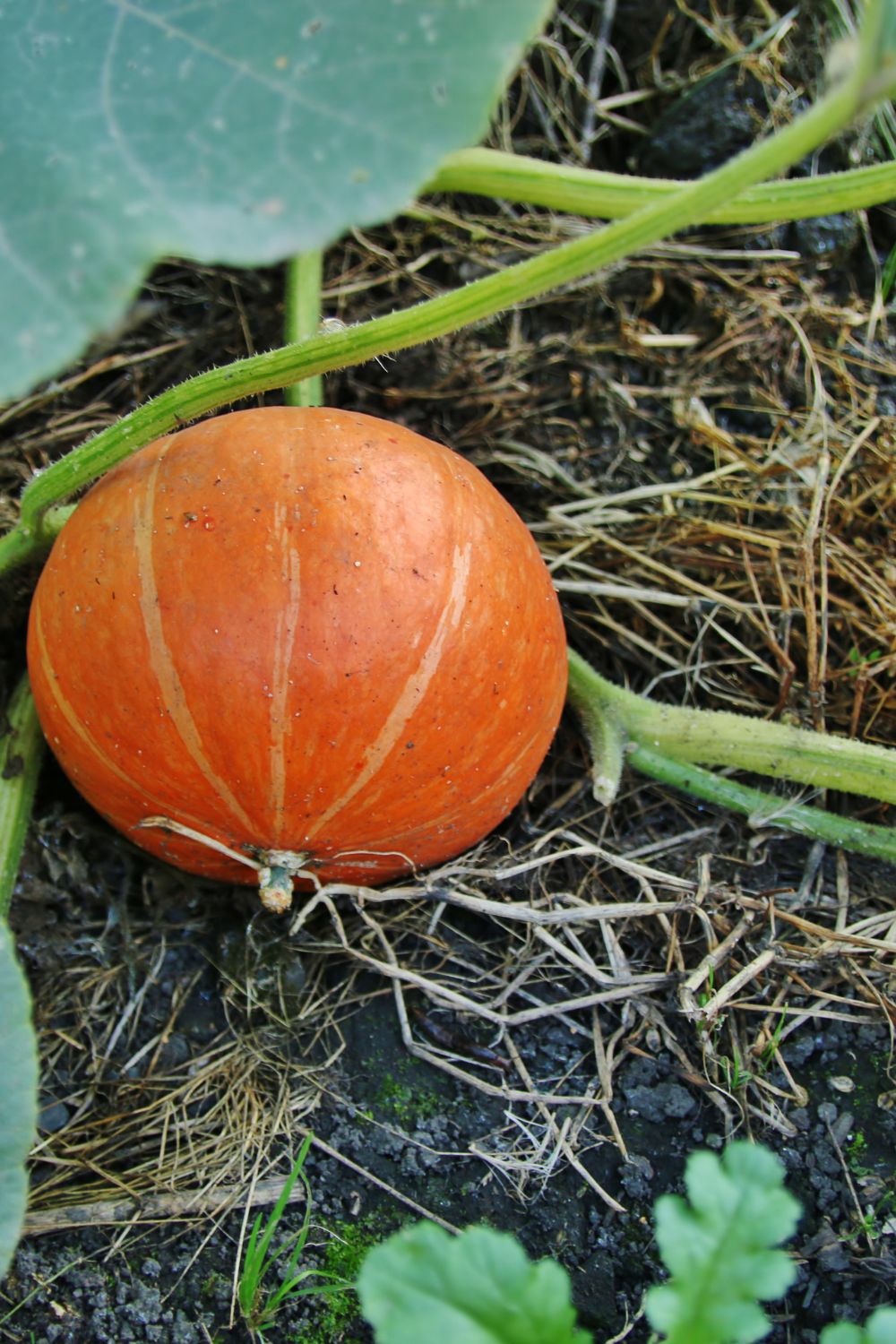In This Article Show
As an avid gardener with more than a decade of experience under my belt, I’ve come to appreciate the joy and challenges that come with growing summer squash. Whether you’re tending to a vast garden or nurturing a few plants in containers, understanding the growth stages and timelines of summer squash can significantly enhance your gardening success.
Summer squash, a staple in many gardens, thrives in warm weather and can produce a generous yield when given the proper care. This blog post aims to guide you through the essential stages of summer squash growth—from planting the seed to harvesting the fruits of your labor.
The goal is to arm you with the knowledge you need to enjoy a bountiful harvest of summer squash, whether you’re growing zucchini, yellow squash, or any of the other delightful varieties this plant family has to offer.
Growth Stages of Summer Squash
Understanding the growth stages of summer squash is akin to following a roadmap through your garden’s growing season. Each stage presents its unique set of characteristics and care requirements, setting the stage for a successful harvest. Let’s navigate through these crucial stages, from the excitement of seed germination to the satisfaction of fruit development and maturation.
1. Seed Germination

Summer squash seeds typically germinate within 7 to 10 days under optimal conditions. These conditions include a soil temperature of about 70°F (21°C) and consistent moisture. Warm, well-drained soil is crucial for preventing rot and encouraging swift germination.
To jump-start your summer squash, consider soaking the seeds overnight to soften the outer shell. Plant them 1 inch deep in nutrient-rich soil, ensuring they have ample space for growth. Covering the soil with a light fabric or plastic can help maintain the ideal temperature and moisture levels.
Get Gardening For Beginners
Our new EBOOK shows newcomers and green thumbs alike a step by step guide to growing the garden of their dreams.
2. Seedling

The first true leaves that emerge after the initial seed leaves (cotyledons) are your cue that the seedling stage is underway. These leaves will be heartier and more indicative of the plant’s future growth.
This stage calls for careful attention to watering, ensuring the soil is moist but not waterlogged. Seedlings need plenty of sunlight, so if you’re starting indoors, a grow light may be necessary. Thin out the seedlings to prevent overcrowding and promote healthy growth.
3. Vegetative Growth

Following the seedling stage, the plant enters a period of rapid vegetative growth. You’ll notice an increase in leaf development and the formation of a stronger stem. This stage is crucial for setting the foundation of a productive plant.
The leaves will grow larger and more abundant, a sign that the plant is gathering the sunlight needed for photosynthesis and growth. As the plant matures, it begins to prepare for the next big phase: flowering. Ensuring your summer squash has enough space and nutrients is key during this stage.
4. Flowering and Pollination

Summer squash plants have both male and female flowers. The male flowers typically appear first, with a long, thin stem. Female flowers have a small bulge at the base, which is the developing squash.
For fruit to develop, pollen from the male flower must reach the female flower. While bees and other pollinators usually handle this, gardeners can also manually pollinate flowers to ensure fruit set.
5. Fruit Development and Maturation

After successful pollination, the female flower’s base will start to swell and grow into the summer squash. This stage is incredibly rewarding as you watch your efforts turn into tangible produce. Summer squash can mature quickly, often ready to harvest within 4 to 8 days after flowering. They’re best picked when they’re small to medium-sized for the best flavor and texture.
Get Gardening For Beginners
Our new EBOOK shows newcomers and green thumbs alike a step by step guide to growing the garden of their dreams.
Use a sharp knife or scissors to cut the squash from the vine, leaving a small piece of stem attached to prolong freshness.
By familiarizing yourself with these growth stages and their specific care requirements, you’re well on your way to enjoying a plentiful harvest of summer squash. Remember, each stage plays a vital role in the development of your plants, and your attentiveness and care can make all the difference in achieving a bountiful garden.










